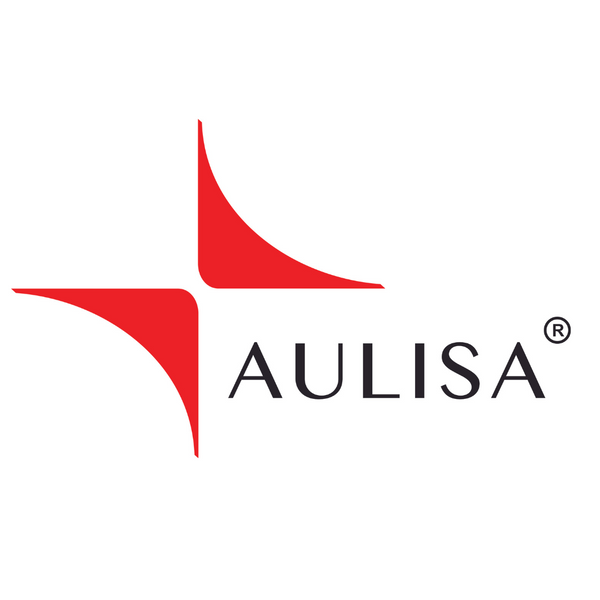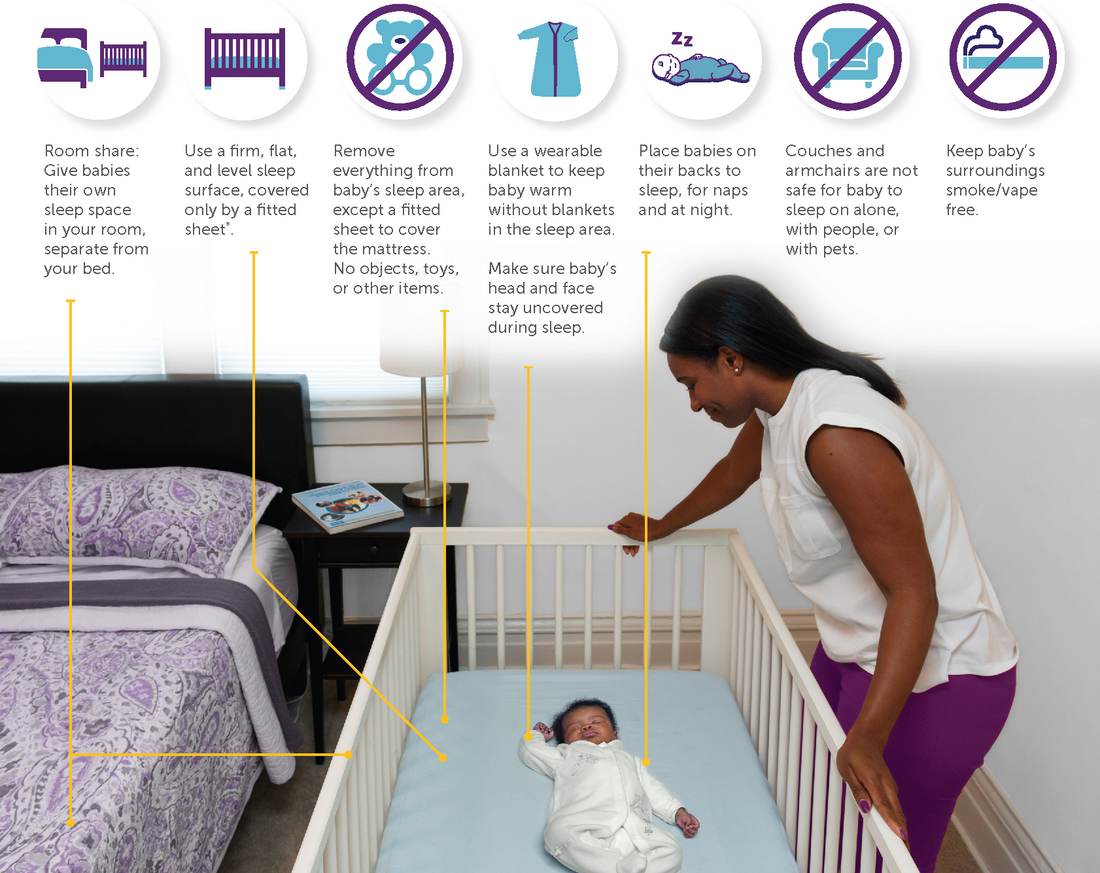As we observe National Safety Month this June, it's essential to address an important topic that concerns expecting moms: Sudden Infant Death Syndrome (SIDS). While SIDS is a heartbreaking reality, we want to provide expecting moms with valuable insights into SIDS, promote safe sleep practices, and empower parents to create a safe sleep environment for their baby.
What is Sudden Infant Death Syndrome (SIDS)?
SIDS refers to the unexpected and unexplained death of an apparently healthy infant, typically occurring during sleep. Despite extensive research, the exact cause of SIDS remains unknown. However, several risk factors have been identified and can contribute to an increased likelihood of SIDS occurrence.
1. Creating a Safe Sleep Environment: Creating a safe sleep environment is one of the most effective ways to reduce the risk of SIDS. Here are some key recommendations:
a) Back to Sleep: The American Academy of Pediatrics (AAP) recommends placing babies on their back for sleep, as it has been shown to significantly reduce the risk of SIDS. This position allows for optimal airway clearance and minimizes the chances of suffocation.
b) Firm and Separate Sleep Surface: Babies should be placed on a firm mattress in a crib, bassinet, or portable crib that meets safety standards. Avoid sharing a bed with your baby, as it increases the risk of SIDS and other sleep-related accidents.
c) Remove Suffocation Hazards: Ensure that the sleep area is clear of pillows, blankets, stuffed animals, and other soft objects that can pose suffocation risks
- Understanding Potential Risk Factors: While SIDS can occur unexpectedly, certain risk factors have been identified. It's important to note that the presence of these risk factors does not guarantee SIDS occurrence, but they may increase the likelihood. Some known risk factors include:
- Smoking: Maternal smoking during pregnancy, as well as exposure to secondhand smoke after birth, increases the risk of SIDS.
- Overheating: Keeping the baby's sleep environment at a comfortable temperature is important. Overheating can increase the risk of SIDS, so avoid overdressing your baby and maintain a moderate room temperature.
2. The Importance of Breastfeeding: Breastfeeding has been associated with a reduced risk of SIDS. The AAP recommends exclusive breastfeeding for the first six months of life and continuing alongside complementary foods until at least 12 months. You can find more information about breastfeeding in relation to SIDS through the Safe To Sleep® campaign: https://safetosleep.nichd.nih.gov.
As expecting moms, it's natural to be concerned about your baby's well-being, including the risk of SIDS. Seek support from healthcare professionals and trusted sources to ensure you have the most up-to-date information.
References:
- Moon RY, AAP Task Force on Sudden Infant Death Syndrome. SIDS and Other Sleep-Related Infant Deaths: Updated 2016 Recommendations for a Safe Infant Sleeping Environment. Pediatrics. 2016;138(5):e20162938.
- American Academy of Pediatrics. Policy Statement: Breastfeeding and the Use of Human Milk. Pediatrics. 2012;129(3):e827-e841.
Disclaimer: This blog post is intended for informational purposes only and should not be considered a substitute for professional medical advice

